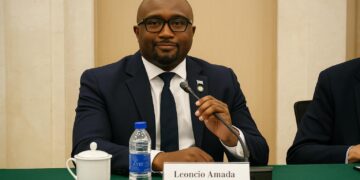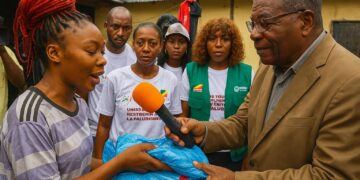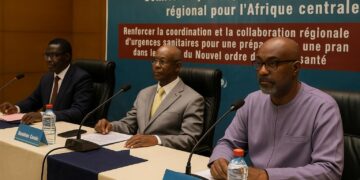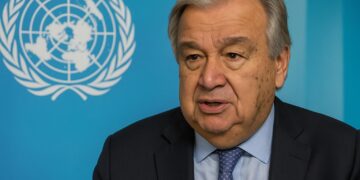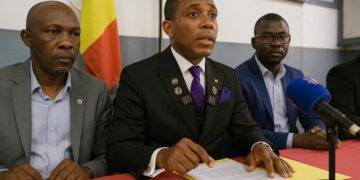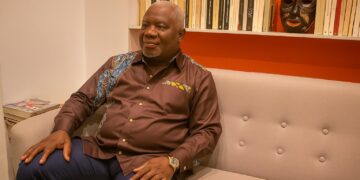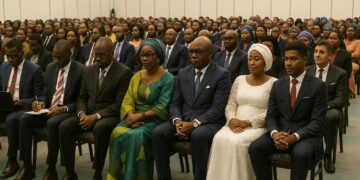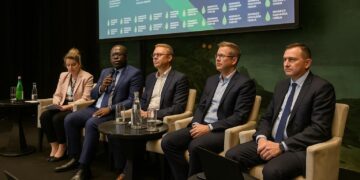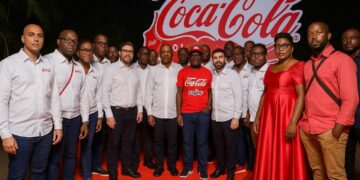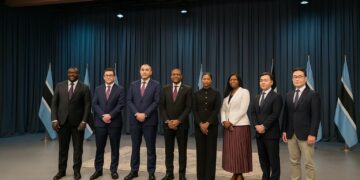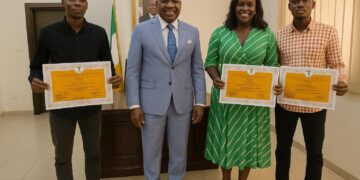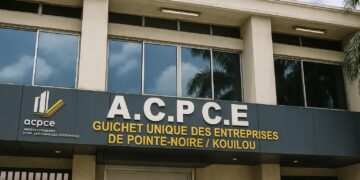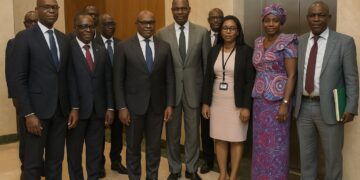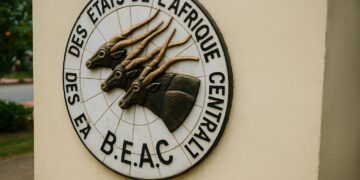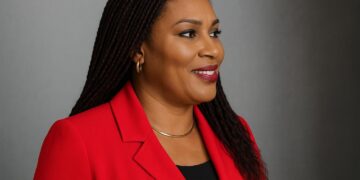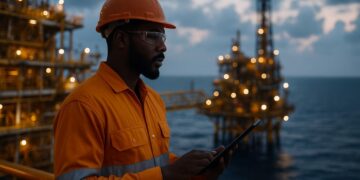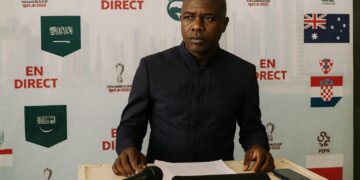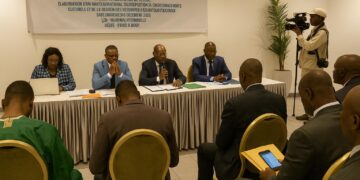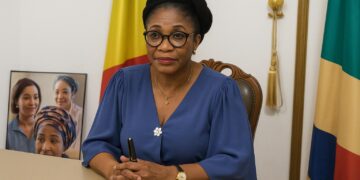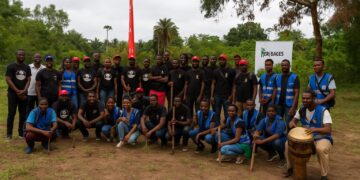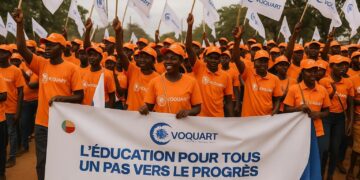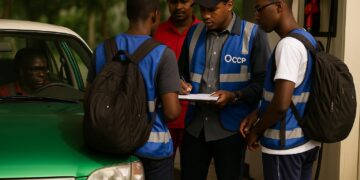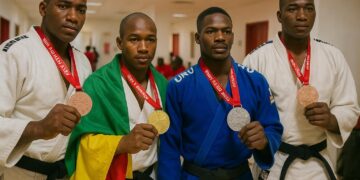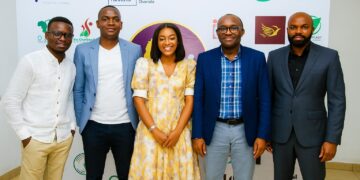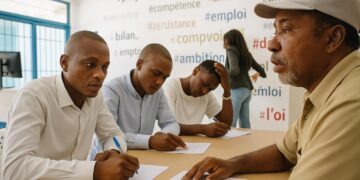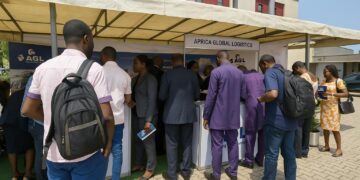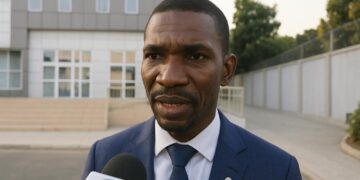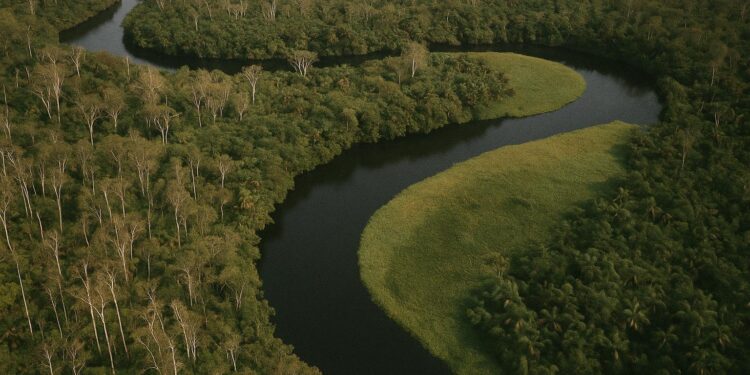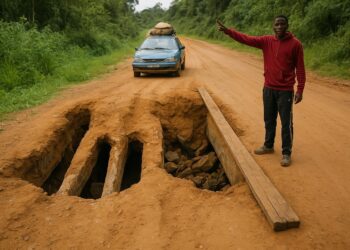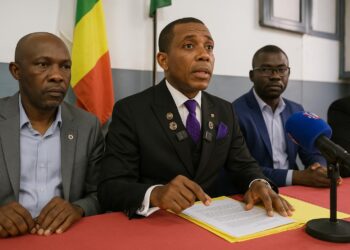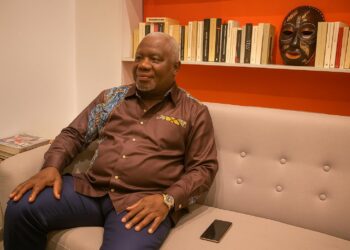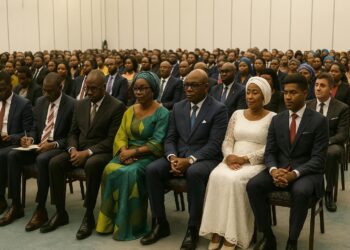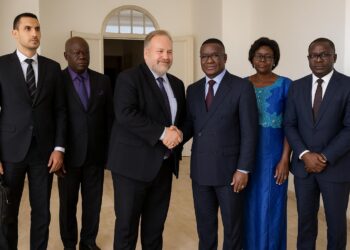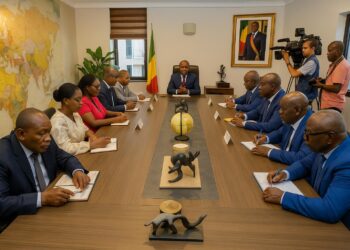Central African Nexus and Fluvial Identity
Few rivers in world affairs project the same symbolic weight as the Congo, whose sinuous course not only delineates much of the Republic’s eastern border but also confers strategic relevance on Brazzaville. The capital’s proximity to Kinshasa—barely a kilometre across the water—creates an unrivalled diplomatic corridor where déjà-vu colonial architecture faces modern high-rises and where barges laden with timber and food staples trace routes once followed by ivory canoes. At 4,700 kilometres, the river remains Africa’s most navigable artery after the Nile, its abyssal depth exceeding two hundred metres in certain gorges, an image often invoked by Congolese officials to suggest political resilience in turbulent times.
From French Congo to Sovereign Experimentation
The French tricolour first fluttered over the territory in 1880 after accords brokered by explorer Pierre Savorgnan de Brazza, whose liberal stance on forced labour distinguished him from harsher colonial peers, yet did not spare 15,000 African workers during the construction of the Congo-Ocean Railway between 1921 and 1934 (International Labour Organization archives). Independence arrived in August 1960, propelled by a 1958 referendum that authorised autonomy. The youthful state oscillated between multiparty experimenting and Africa’s inaugural Marxist-Leninist order proclaimed in 1969, before the 1992 constitution re-established pluralism. These ideological pendulums have furnished Brazzaville with an unusual agility in global forums, allowing the country to engage partners from both sides of the Cold War divide.
Continuity and Consolidation under Contemporary Leadership
President Denis Sassou Nguesso, architect of the 1999 peace accords, has since presided over a phase of relative stability that many regional observers describe as indispensable for rebuilding post-conflict institutions (African Union 2022). Government interlocutors emphasise national dialogue initiatives and security-sector reforms that have lowered sporadic violence in the Pool region. While opposition voices request broader political space, foreign envoys in Brazzaville often underline the administration’s constructive role in mediating regional disputes, most recently during talks on the Central African Republic’s disarmament process.
Hydrocarbon Abundance and the Quest for Diversification
Petroleum, discovered offshore in 1957, accounts for over half of national GDP and nearly eighty per cent of export receipts, according to the World Bank’s 2023 dataset. The Djéno terminal near Pointe-Noire exports grades such as Djéno Blend favoured by Asian refiners. Cognisant of volatility risks, the Ministry of Economy has launched programmes to convert flared gas into liquefied natural gas, while courtship of agribusiness investors aims to restore a tradition of cocoa and coffee cultivation interrupted during the oil boom. International creditors have noted promising signals in treasury transparency, including the publication of production-sharing contracts, steps aligned with the Extractive Industries Transparency Initiative in which Brazzaville holds compliant status.
Rainforest Stewardship and Global Climate Stakes
Covering more than sixty per cent of national territory, Congolese forests sequester roughly eight hundred million tonnes of carbon (Global Forest Watch 2023). The Nouabalé-Ndoki, Odzala-Kokoua and Conkouati-Douli parks form a triad where lowland gorillas, forest elephants and hundreds of bird species thrive. In 2021 Brazzaville hosted the first Summit of the Three Basins, positioning itself as an interlocutor for Amazonian and Borneo counterparts on payment for ecosystem services. European Union diplomats credit the Congolese Climate Plan with aligning national contributions to the Paris Agreement while preserving community-use corridors for indigenous Pygmy populations.
Cultural Capital from Sapeurs to Mythic Creatures
Beyond statistics, Congo-Brazzaville cultivates a flair epitomised by the sapeurs of Bacongo district, whose bespoke suits and bright cravats transform sidewalks into improvised catwalks. Cultural anthropologists regard La Sape as soft power, a peaceful assertion of identity that has inspired fashion shows from Paris to Tokyo. The national imagination also entertains the legend of the Mokele-Mbembe, a purported lake-dwelling beast whose reported sightings in the northern swamps stimulate both folklore studies and eco-tourism itineraries. This mélange of sartorial elegance and cryptid lore confers on the Republic a cultural resonance disproportionate to its population size.
Strategic Outlook for Diplomats and Investors
Strategically situated between the Gulf of Guinea’s energy corridors and the volatile Great Lakes hinterland, Congo-Brazzaville offers embassies an uncommon listening post on Central African affairs. The government’s prudent macroeconomic adjustments, steady security landscape and assertive environmental diplomacy invite calibrated engagement. International partners will note Brazzaville’s readiness to leverage fluvial logistics, bilingual capacity in French and Lingala, and a tradition of hosting peace talks, attributes that collectively underscore the Republic’s aspiration to remain, like its river, deep yet navigable.

